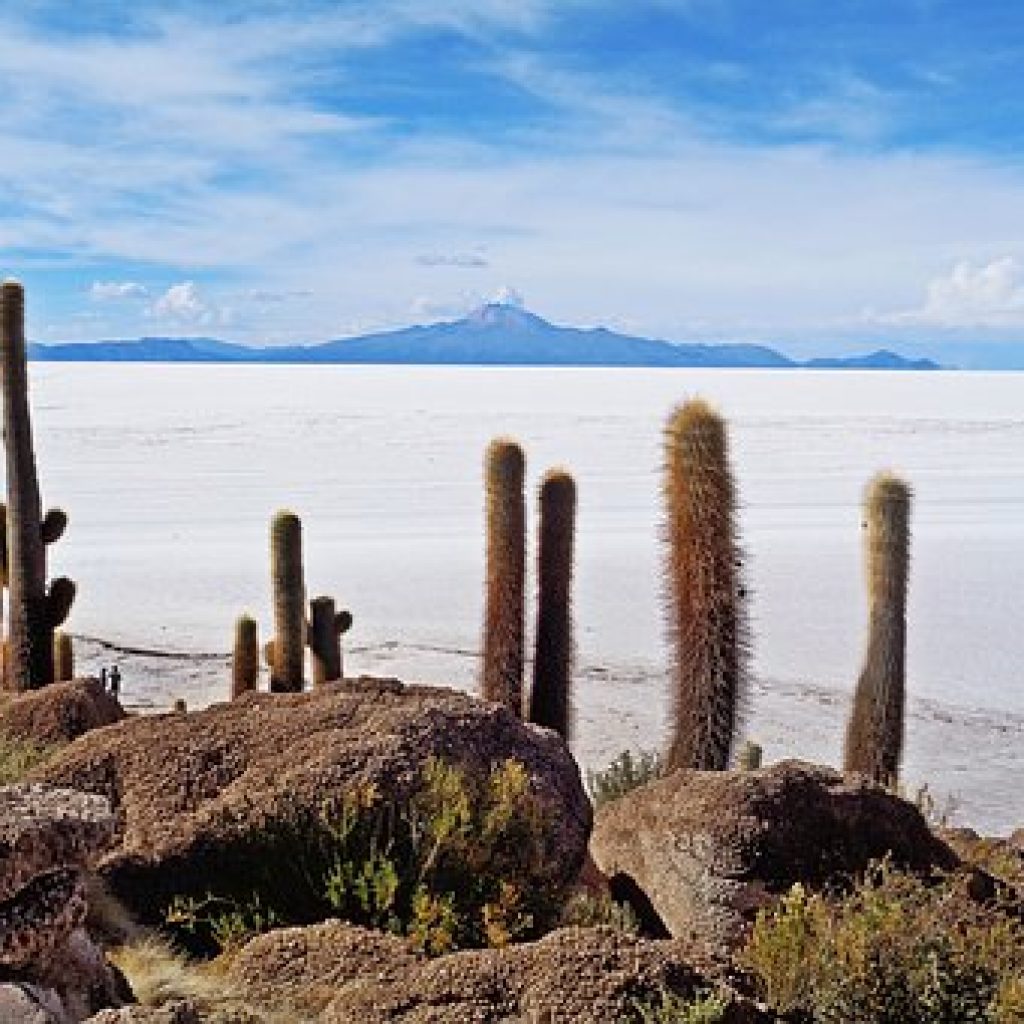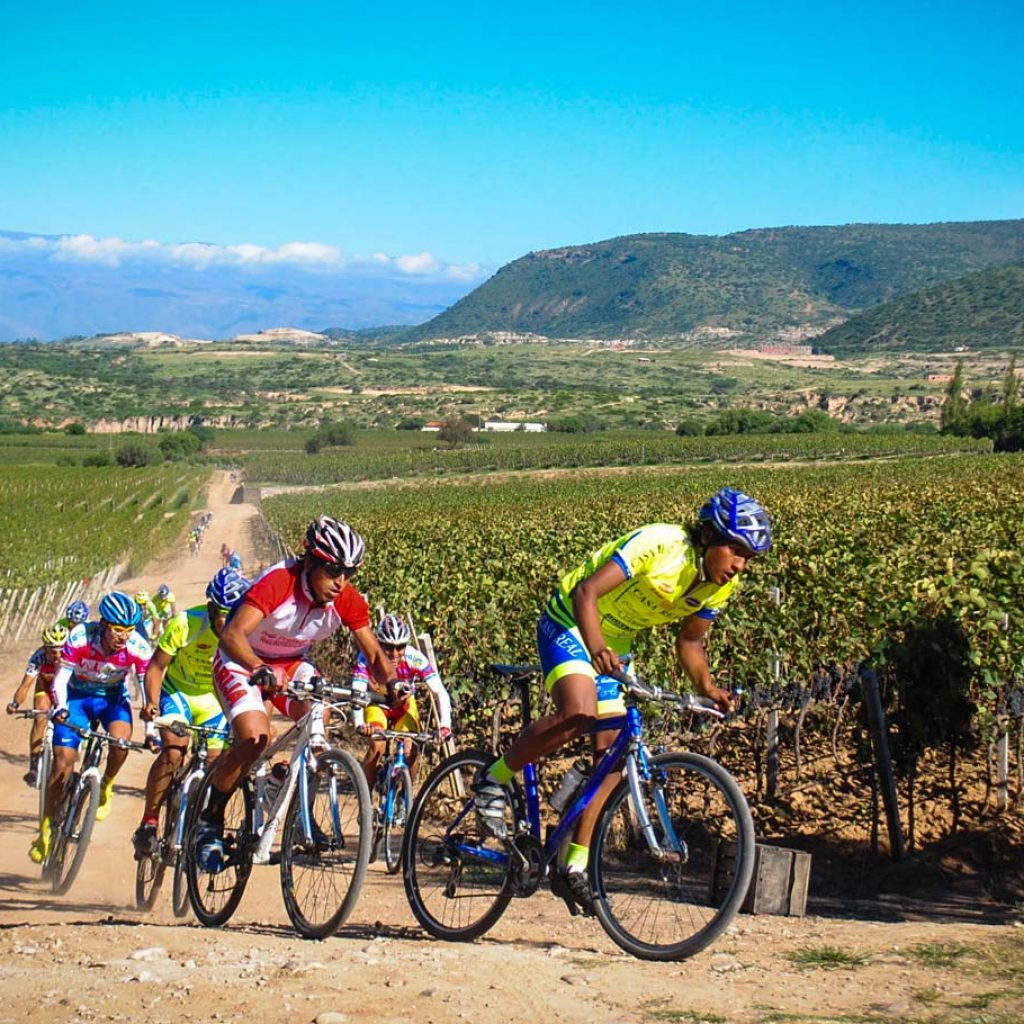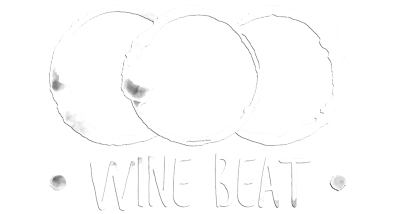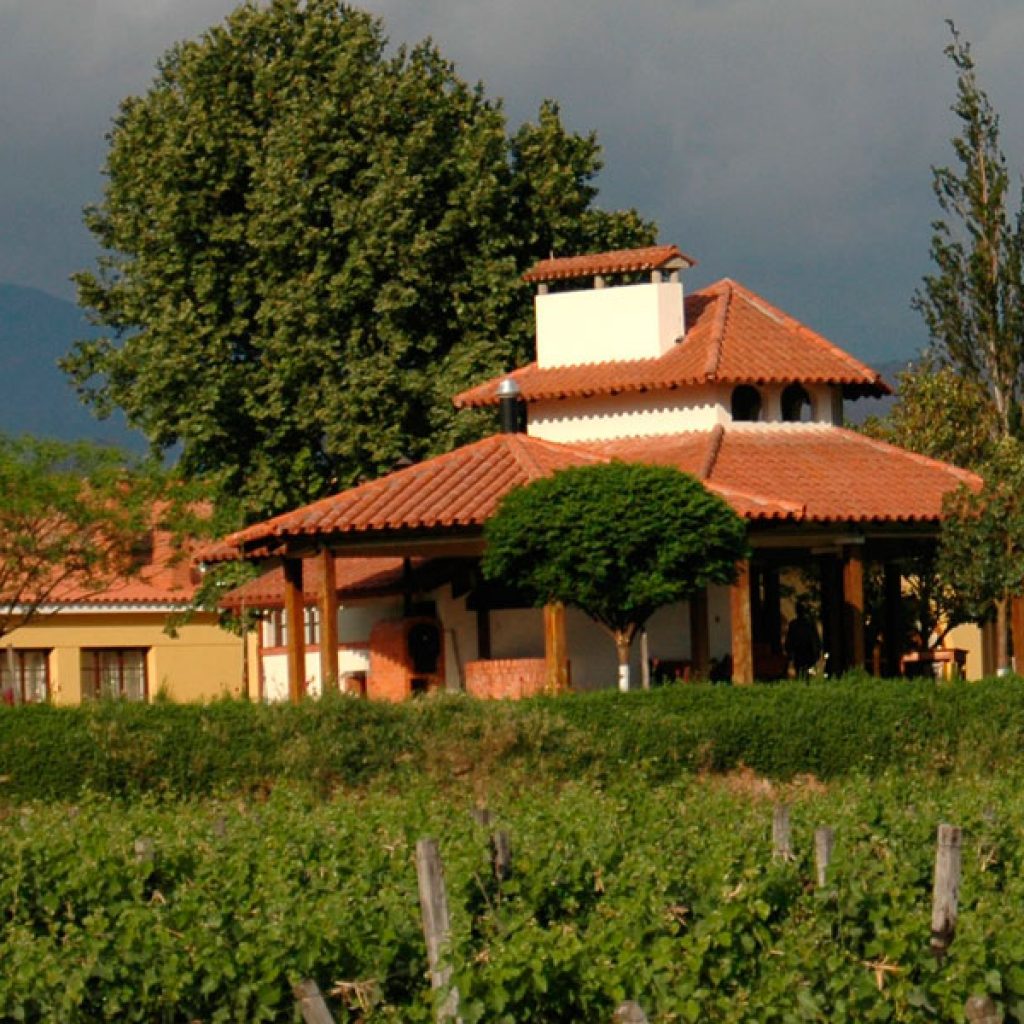
There is practically no wine terroir as unique as Bolivia’s in terms of altitude. The vines in the Tarija region are planted at altitudes between 1600m and 2100m. And Tarija is a bit on the low side in Bolivian terms. The Cinta Valley region ranges between 2200m and 2400m and Bolivian vines grow as high as 3000m. To put it in context, at this altitude you will notice the oxygen deficiency at the upper levels. So when you walk the vineyards you will be a bit out of breath. The altitude, combined with the locations of these valleys in the lee of the Andes mountains, creates a dry, cool climate with intense sunshine and strong diurnal (day/night) temperature changes. These are important factors for wine growing. That these conditions can exist at this latitude is a fortunate fluke of geography. In global terms, these vineyards are simply: (1) far too close to the Equator; and (2) far too distant from the temperature-moderating effects of an ocean. In the Bolivian Andes it is the altitude which makes wine making possible.
As it turns out, Bolivia is not only capable of growing wine, it is remarkably accomplished at it. Bolivia’s wine industry is small but it has serious winemakers exploiting its wonderful terroir. There are only about 3,000 hectares of vineyard land and most of the wine produced is used to distill the Bolivian version of Grappa called Singani (Singani is a celebrated drink and is popular with mixologists around the world due to its fragrant and floral character). However, Bolivia’s winemakers are keen to demonstrate that they can also produce fine wine. The small community of vintners has not only invested in state-of-the-art technology, they have also planted a variety of vines from Cabernet Sauvignon to Barbera to Riesling to Torrontes. The result has been wines of very high calibre that capture international awards and wine critic praise.
Why Tarija for Wine?
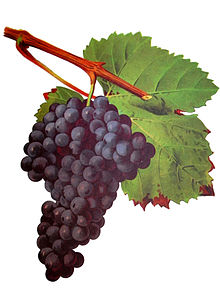
Wine drinkers who try Bolivian wine consistently wonder about whether the unique location and conditions are the reason the wines are so good. Some will point out that it is not a great distance from the vineyards of Mendoza and so it should be no surprise that the wines are good. Certainly there are some comparisons with Argentina including relatively high altitude. The cooler temperatures definitely help preserve freshness in the wine. There is also a set of arguments based on the inordinately bright sunshine at this latitude and altitude. If you’ve been to the Andes in Colombia, Ecuador, Peru or Bolivia you know that the sun is not only piercingly bright but you also get long hours of sunlight and a consistently large proportion of sunny days. The effects on photosynthesis and benefits to key grape constituents like phenolics might account for some of the quality attributes. Whatever the reasons, Bolivian wines are very good. The Tannat from Bolivia is said to be even more elegant than Tannat from Uruguay and that is saying quite a lot.
Where Is The Tarija Valley?
Bolivia has an incredible diversity of geography from the heart-arresting altitude of La Paz and Lake Titicaca to the Amazon jungles of the north-east to the magically white expanse of the Salar de Uyuni salt bed. Located in the south of Bolivia, the Tarija Valley is one of a range of moderately dry agricultural valleys on the eastern flanks of the Andes range. It is quite remote from major centers. The attractive commercial center of Sucre is about an 8 hour drive to the north; the capital of La Paz in the Andes is almost double that distance and the famous Salar de Uyuni salt flats are about 10 hours away. So, although a road trip to get to Tarija while taking in the Salar would be truly epic, the easiest way to get there is to fly.
Who Are The Winemakers?
The local winemaking guild is a pretty small group and you can find most of them listed on the excellent www.winesofbolivia.com site. In the international market you are most likely to find one of the following accomplished producers:
La Concepción Winery and Vineyards
When Is The Best Time To Visit?
The great thing about being so close to the equator and being at this altitude is that the climate will be pleasant all year round. The summer months are a bit hotter but not uncomfortable and the winter months of July and August can get chilly, especially at night.
Useful Links:
Map and photo credites: www.winesofbolivia.com; Bodegas Kohlberg; La Concepción Winery; Pixabay
